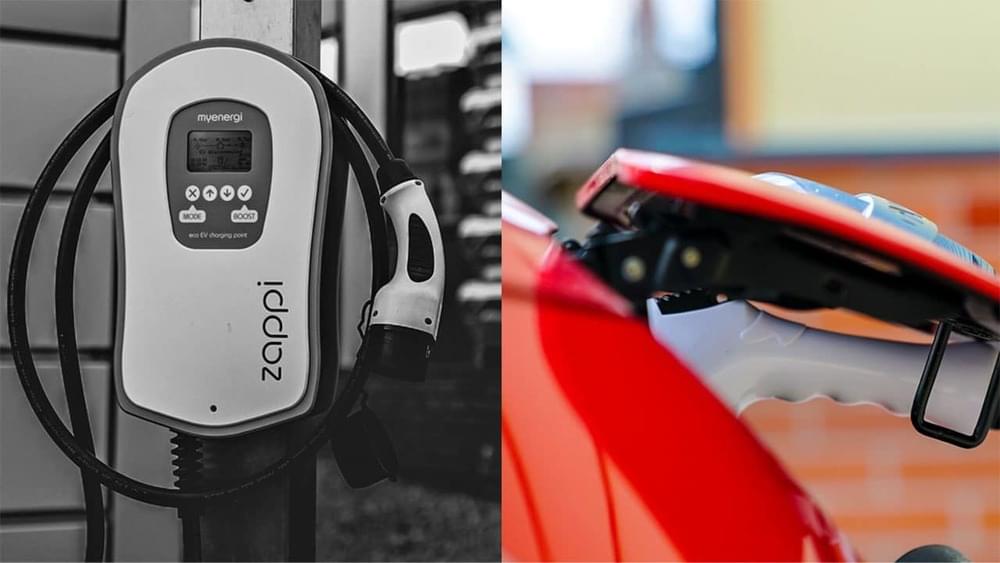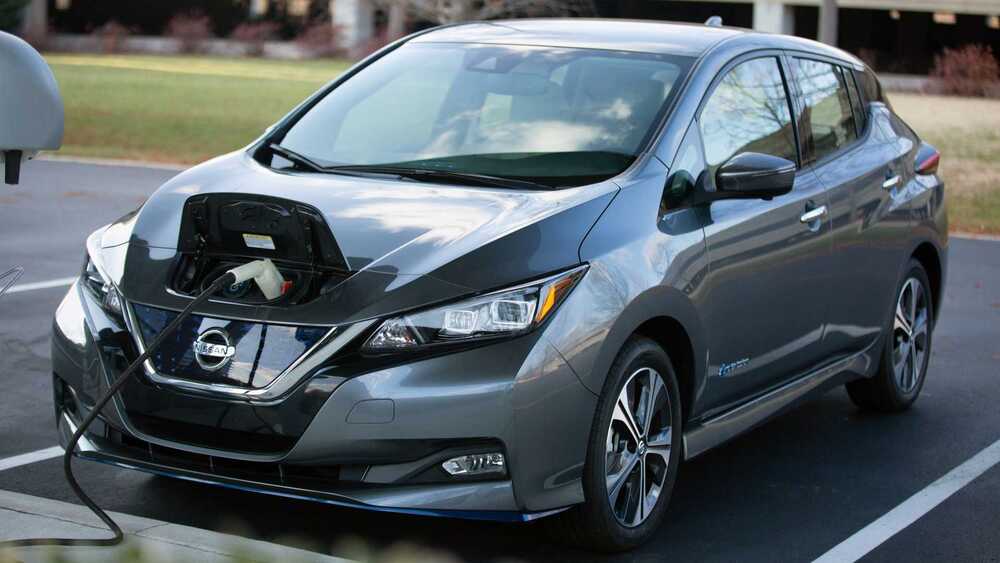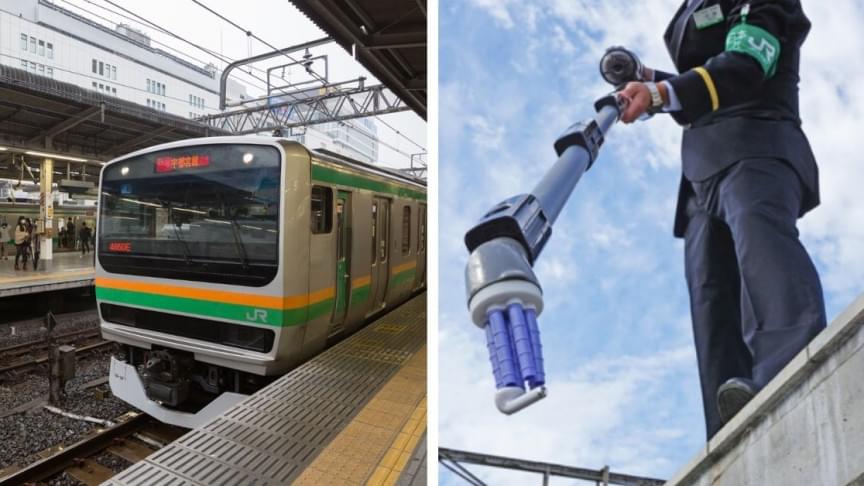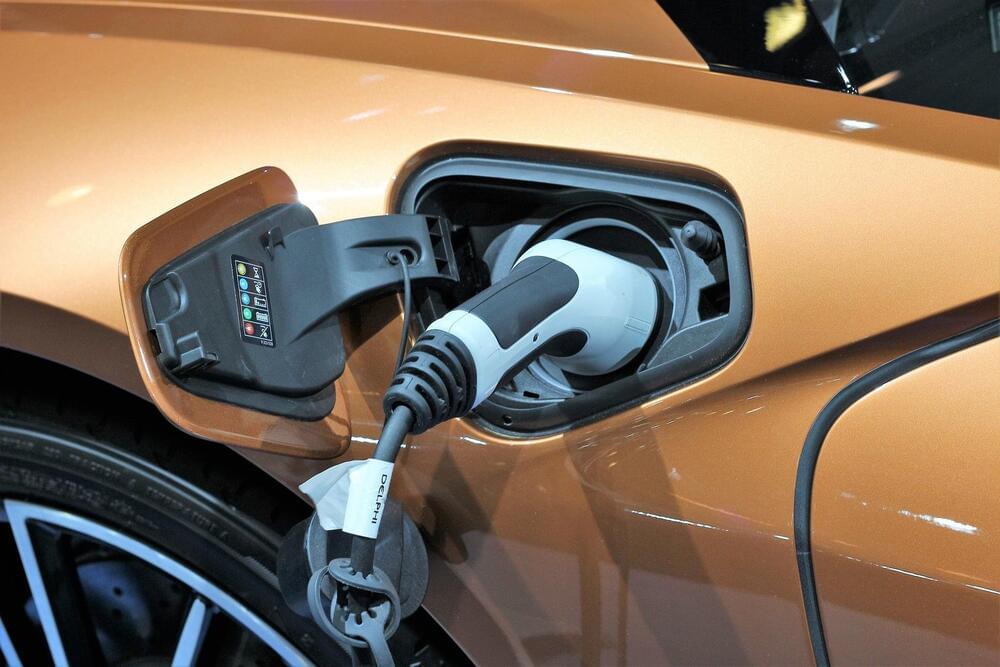It could save an average of £110 a year — and cut their carbon footprint by 20%.



Tesla is opening two new factories shortly, demand for its vehicles is off the charts, and the world is openly welcoming EVs. Will the company’s stock soar?

With affordability in its latest offering, Toyota wants to eliminate the only advantage that Chinese automobile makers enjoy: competitive prices.
Japan is a world leader in automobile technology. Apart from Germany, no one can compete in the automobile sector. And if you need any evidence to corroborate this fact, you need to look no further than Toyota, a globally loved automobile brand that has produced some of the best cars to date. And now Toyota is looking to aggressively dominate the Chinese electric vehicles (EV) market with some affordable cars from next year.
Toyota to launch an all-electric small sedan in China:
Toyota Motor Corp. has made plans to launch an impressive, all-electric small sedan in China late next year. It will turn to local partner BYD for key technology and create an affordable yet spacious EV for the Chinese market.
Swiss tech company ABB has unveiled a new EV charging station that can rapidly power four electric vehicles at once — which could help make annoying wait times at stations a thing of the past.
The challenge: It typically takes less than five minutes to fill up a car’s tank at a gas station, and gas stations are everywhere in the U.S.
Depending on an EV’s battery and the type of EV charging station, it can take anywhere from 45 minutes to several hours to fully charge the car, and because charging stations are far less common than gas stations, drivers regularly have to wait for ports to open up.


The testing was conducted to help solve various problems like labor shortages in the logistic industries.
Kawasaki Heavy Industries Limited has just announced the successful completion of the proof-of-concept testing for its latest unmanned cargo transport vehicle. Dubbed the Kawasaki Researching Autonomic Compound to Exceed Rotorcraft (K-RACER) X1, it is an unnamed vertical take-off and landing (VTOL) aircraft with, in this case, an underslung ancillary delivery robot.
The testing was conducted with an eye to helping solve various societal problems like labor shortages in the logistic industries.

Most electric pressure washers require two things tethering you to your home: a water hose and extension cord. Well, the latest Greenworks electric pressure washer ditches both of those things. While being 24V battery-powered, you’ll still get 600PSI of cleaning power. In addition to that, it has a 20-foot siphon hose that can pull its water from any fresh source, be that a bucket, lake, or something else. Right now this electric pressure washer is on sale for the first time at $144, making now a great time to pick it up. You’ll also find discounts on electric lawn mowers and much more below, as well. We also have a wide selection of Tesla, Greenworks, and other e-bike discounts in today’s New Green Deals, so you won’t want to miss that either.
Head below for other New Green Deals that we’ve found today, more on why going electric for your yard tools like the mower on sale is important, and of course Electrek’s best EV buying and leasing deals. Also, check out the new Electrek Tesla Shop for the best deals on Tesla accessories.
Amazon is offering a deal on the new Greenworks 24V 600PSI Battery-powered Electric Pressure Washer for $143.70 shipped once you clip the on-page coupon. Down from its $159 list price at Walmart, today’s deal marks the first price drop that we’ve tracked since its release earlier this month. This electric pressure washer delivers impressive power for a battery-powered option. You’ll find 600PSI and 0.8GPM available here which is more than enough to clean your home’s siding, driveway, and car. You’ll find a 5-in-1 selectable spray nozzle with 0º, 15°, 25º, 40º, and a watering option at the ready.

Drivers of electric vehicles could save an average of £110 a year—and cut their carbon footprint by 20%—by using “smart charging” to power up their cars at the best possible times, a report by a research team involving Swansea University experts has shown.
Smart charging helps spread out demand for electricity to avoid overloading the National Grid. This is a major issue given the huge growth in the number of electric vehicles, with up to 11 million forecast to be on Britain’s roads by 2030.
Already people can get cheaper electricity by charging at certain times, usually in the early hours of the morning. But smart charging could go much further than this. For example, it could mean charging when windy weather means surplus wind power is being generated, or having your charging automatically coordinated with your neighbors.